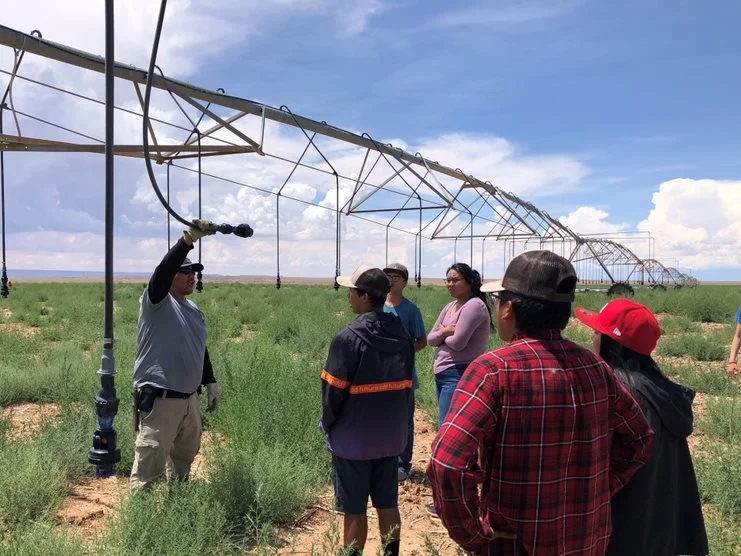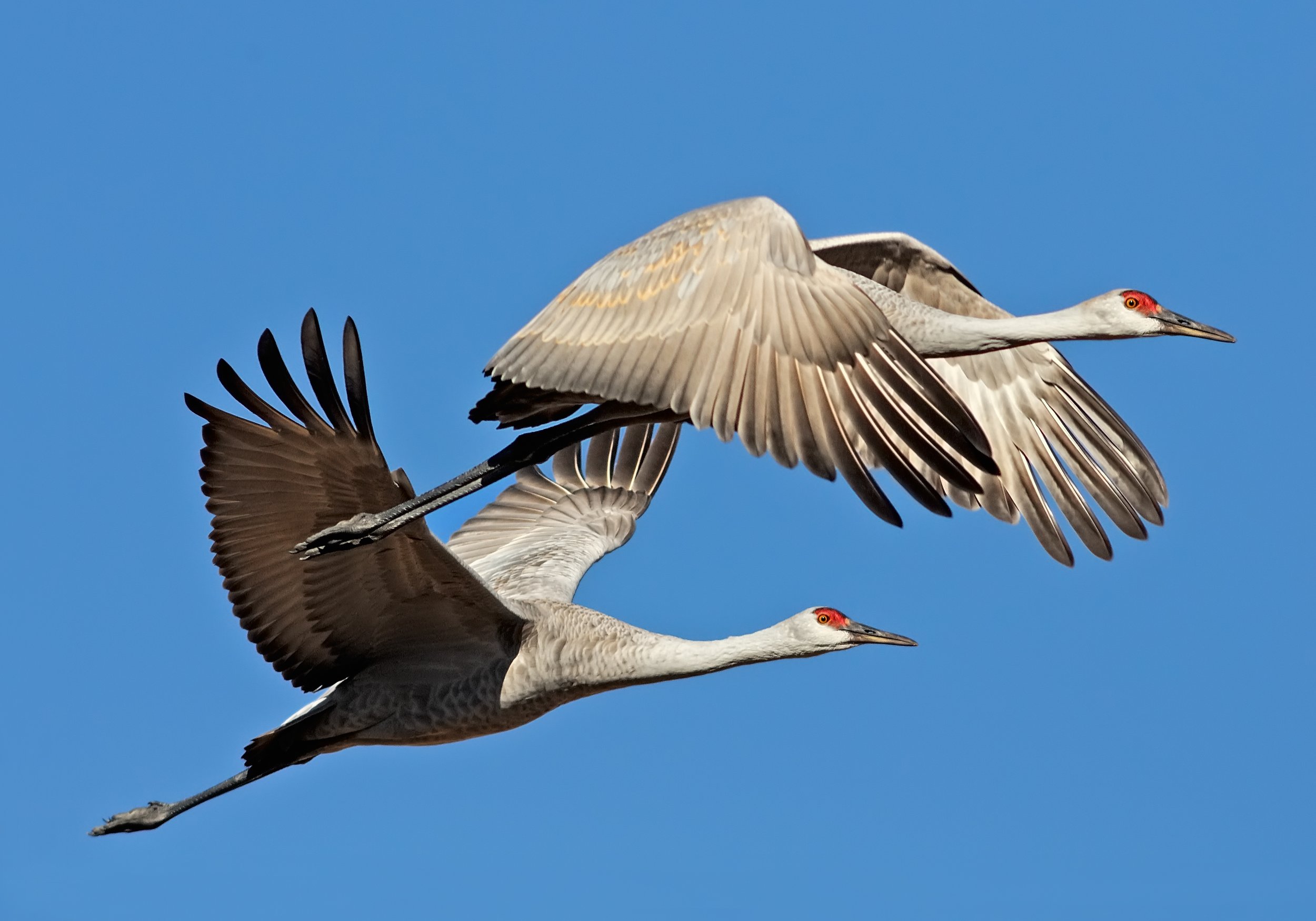When Deb and Mike Culig began searching for a place to retire, neither anticipated the beautiful property they purchased in Grand County would also turn them into alpaca ranchers. Yet, because the land they bought came with a conservation easement that protected the agricultural nature of the property, they ended up exploring multiple potential endeavors before taking on a pack of alpacas. Now, the couple has more than a dozen alpacas, an extensive haying operation, and a lease with a cattle rancher who grazes his herd on a portion of their land. The couple has also adopted regenerative agriculture practices.
Weaselskin: Protecting a Special Place in Durango
In southwest Colorado, the town of Durango features a beautiful combination of scenic views, abundant wildlife, an outdoor-recreation wonderland, a local farming and ranching legacy, and tribal lands rich with historical and cultural artifacts and stories. But, like other Colorado gems, Durango’s popularity, combined with the effects of climate change, has significantly altered the landscape. Jennifer Thurston has seen the changes intensify over the decades. Today, she is getting help to protect an area that, without any action, would be at risk of disappearing.
Mount Harris: Conserving the Past and Ensuring the Future
For years, Karen Whitney drove past this stretch of the Yampa River, noticing the Mount Harris historical highway marker. Once a thriving mining town, the property had been closed to the public for more than six decades. Karen imagined what it would be like to protect it - and acted on her vision. “Conserving this space reverses the trend compared to the rest of the country. Wild places have been developed, but this formerly developed area is now a wild place.”
Ruybal Fox Creek Ranch: Preserving a cultural and environmental legacy
In the larger San Luis Valley, more than 50 percent of the population is Hispanic. When Josie approached Rio Grande Headwaters Land Trust to help conserve her family's ranch, it was a chance to protect this unique piece of land, and also build more relationships and trust with a community that is often overlooked in the conservation arena. And Josie was driven: "They're not making any more land. We need to do what we can to protect it.”
Preparing Tomorrow’s Water Leaders
Like most teenagers, the students from Southwest Open School who joined Montezuma Land Conservancy’s Agriculture Immersion Program had given the drought very little thought. Before the program began, many were unaware of the challenging conditions facing local farmers, ranchers, and water managers. At best, drought seemed very abstract. But after working at MLC’s education and research center at Fozzie’s Farm, it got real in a hurry!
Bison here, bison there, bison everywhere!
In December 2020, the Southern Plains Land Trust began a brand-new conservation bison herd with ten American plains bison (hence Bison bison bison) on the shortgrass prairie of southeastern Colorado. The land trust also added another ten bison that went to its sanctuary herd. Now, you may be wondering, why do they have two separate herds? Why not keep them together? To answer that question, we must go back in time to fully understand the complexity of the answer.
Laughter, s'mores and the Rocky Mountains
The specialness of sandhill cranes
The Mt. Harris ranch is nestled in 17,000 acres of conserved land within Routt County, Colorado. Just 18 miles west of Steamboat Springs and bordered by the Yampa River, the ranch is an outstanding wildlife habitat. Greater Sandhill Cranes and bald eagles forage here. Both are species of Special Concern, and preserving freshwater wetlands, including marshes, wet grasslands and river basins for these birds ensures their survival.
Gold-medal fishing and "brownies"
The La Jara Cañon Creek ranch in Capulin, Colorado has 840 acres of working ranchlands and provides public fishing access to local residents, many of whom are underserved or low-income community members. The creek is a gold medal fishing spot, especially for brown trout. Like most fish, the brown trout cannot regulate body temperature, so they need cold waters to survive. The cold waters of La Jara Creek furnish a perfect home for the "brownies."
Connecting to land and community through our stories
There is no word for "conservation" in the Ute language. But protecting lands and waters, accepting their gifts, and giving back to them are values that are built into the Ute culture and way of life. These were a few themes at Connecting Land and Community through Our Stories, where people from different communities shared how they relate to nature, and what connecting to the natural world means to us individually and collectively.
Ensuring their home on the range
Bayfield’s Pollinator Paradise
The signs along the county road make it clear: no weed spraying is allowed near the property. This is a slice of pollinator paradise. Wedged between expansive farm fields near Bayfield, Marikay Shellman’s 40-acre property is a lush haven of willow and fruit trees where a variety of birds, insects, and plants enjoy the leafy protection.































